Arguing that we may be entering another golden age in street photography, New York city street photographer, Richard Levine-Roberts talks to IMAGO about his creative process and we take a look at some of his stunning images from the streets.
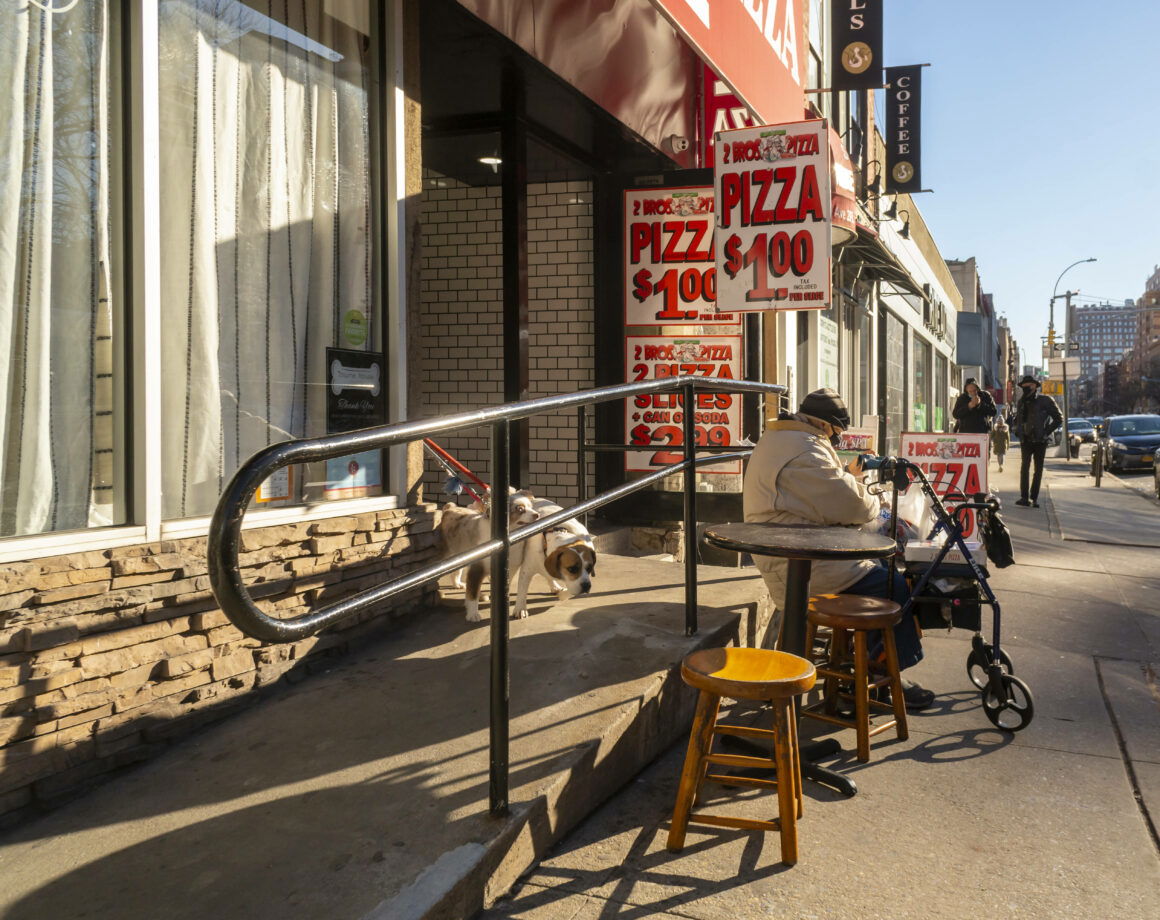
Richard Levine Roberts: Embracing Spontaneity, Illuminating Moments
Architecture juxtaposed with the hustle and bustle of people running around the city, Richard Levine Roberts has nurtured his artistic reflex in capturing the angles and light that elevate the everyday city life. Starting out as a teenager, and now working alongside his wife, his career transition into photography has produced an eye for detail, a desire to tell the stories of strangers and the ability to distill passing moments of daily life creating both documentary material and art.
“I don’t overlook spontaneous moments even if the light leaves something to be desired.” – Richard Levine Roberts.

How did you start out in photography?
I started out when I was thirteen years old and was given a 35mm camera and a cheap plastic developing tank. It took me a while to realize that streaking in development was something that actually could be avoided. I had various jobs over the years, including working at a bank, driving a cab (meeting lots of “characters” in that job). Eventually, with my wife, Frances Roberts, who works with me, we started transitioning into photography, both assignments mostly for newspapers and news magazines, and editorial stock.
Your images of architecture and the bustle of New York streets seem to be effortless with beautiful light and angles. Is this something you consciously work to achieve or is it more of an artistic reflex you have nurtured?
Probably a combination of the two. I tend to shoot the same themes and am always looking for a different way to illustrate something. I might see a building or a busy street corner and realize that it might look better in a different light. On the other hand, I don’t overlook spontaneous moments even if the light leaves something to be desired.
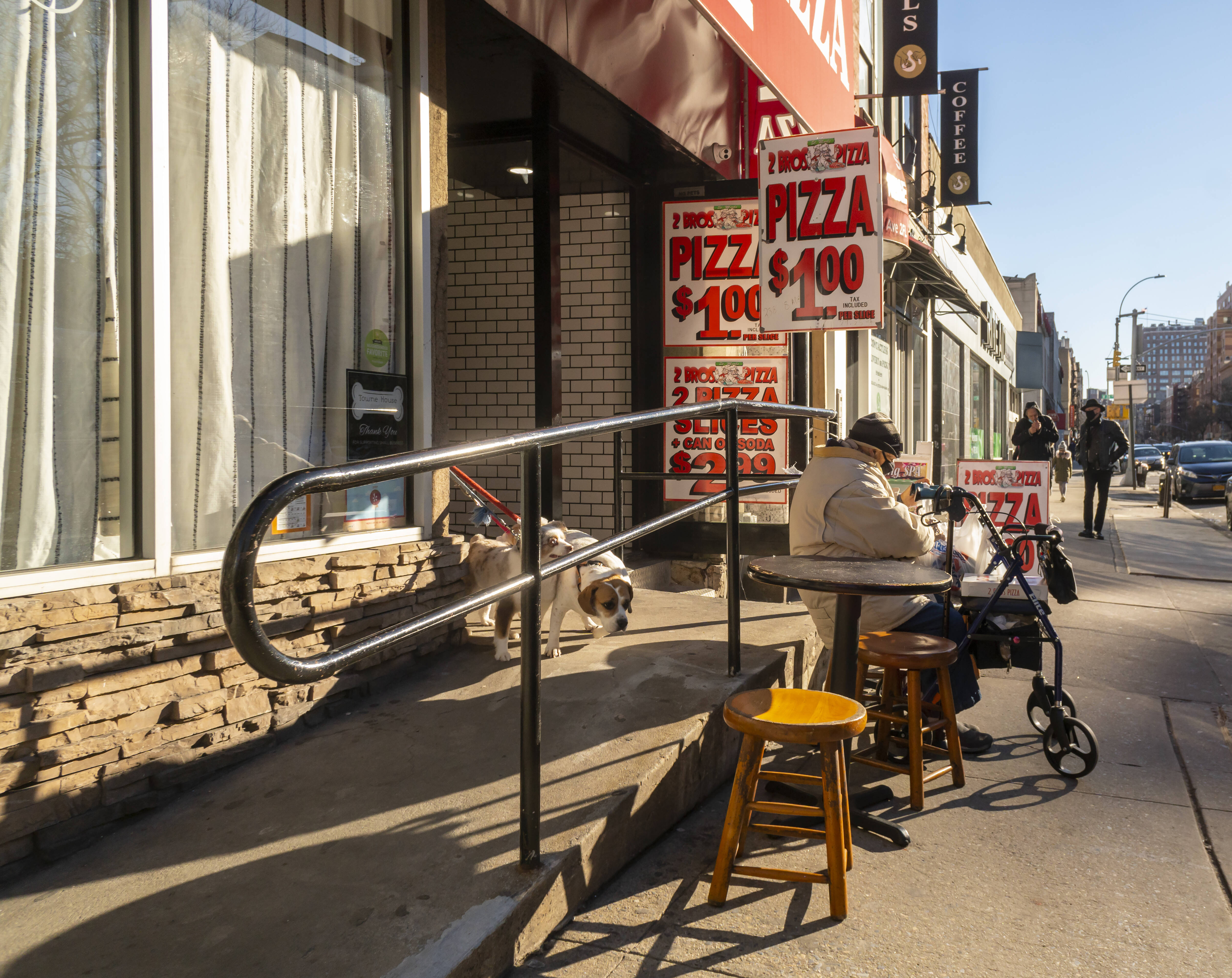
What is it about street photography that drew you to start practicing within that style?
I like the excitement of the street. There is always something going on. I have lived in New York all of my life and I never, ever, tire of the energy. Sometimes you walk into a crowd and everyone is just moving perfectly, the edges of the frame are filled, the people are doing interesting things and it just calls for a photograph, particularly if they are in front of a subject I am illustrating. I jokingly call that time when everything is in place the “indecisive moment”, being that if you don’t act without thinking you’ve lost it.
What camera and technology do you use when out shooting? Do you ever also use film photography?
I use Nikons and Sonys. I don’t really feel the technology has that much to do with the photograph. It’s mostly being alert to possibilities and having a camera with you. I have been shooting some film as an art project, mostly using 35mm and feeding it through older medium format cameras or even through an old 1960’s Kodak Instamatic camera.
In your experience, what is the poignance in photographing real people in candid settings in opposition to staged moments within a controlled setting? What do you gain or see clearer?
I like to watch people act and interact. I like the challenge of catching them in the moment. I am also really bad at directing people.
“I have lived in New York all of my life and I never, ever, tire of the energy.” – Richard Levine Roberts.

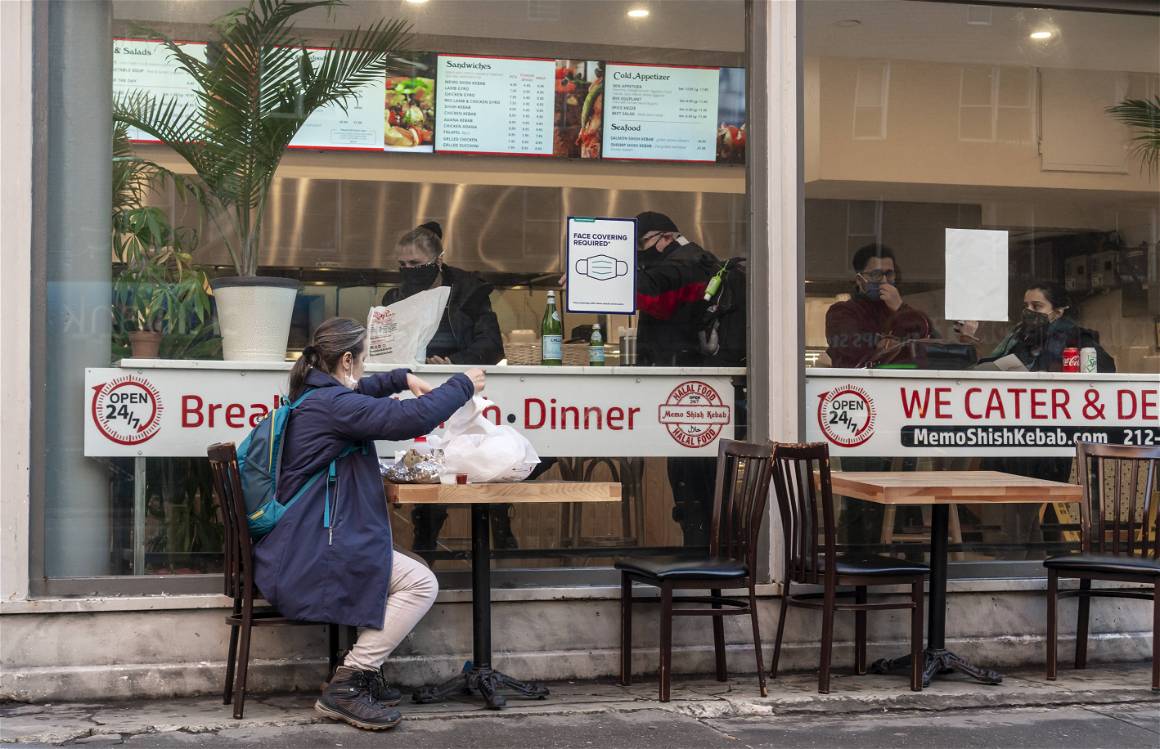
What are the challenges and benefits of doing so? (shooting street photography)
Challenges are getting something that I am pleased with in terms of composition. Another challenge is not missing the moment because I was preoccupied with something else or it just appeared and then disappeared before I could react.
Do you view photography to be a significant artform, an underrated art, or an increasingly necessary way to capture and document normal lives and occurrences? How and why?
During the pandemic I have noticed more and more people on the street photographing. I’ve even commented to people that we are approaching, or we are well into, another golden age of street photography. As such I would consider it a significant art form. As far as capturing and documenting normal lives and occurrences I cannot stress how important it is to save, as well as caption, photographs taken. I have licensed material I have shot 40 years ago because of its historic value.
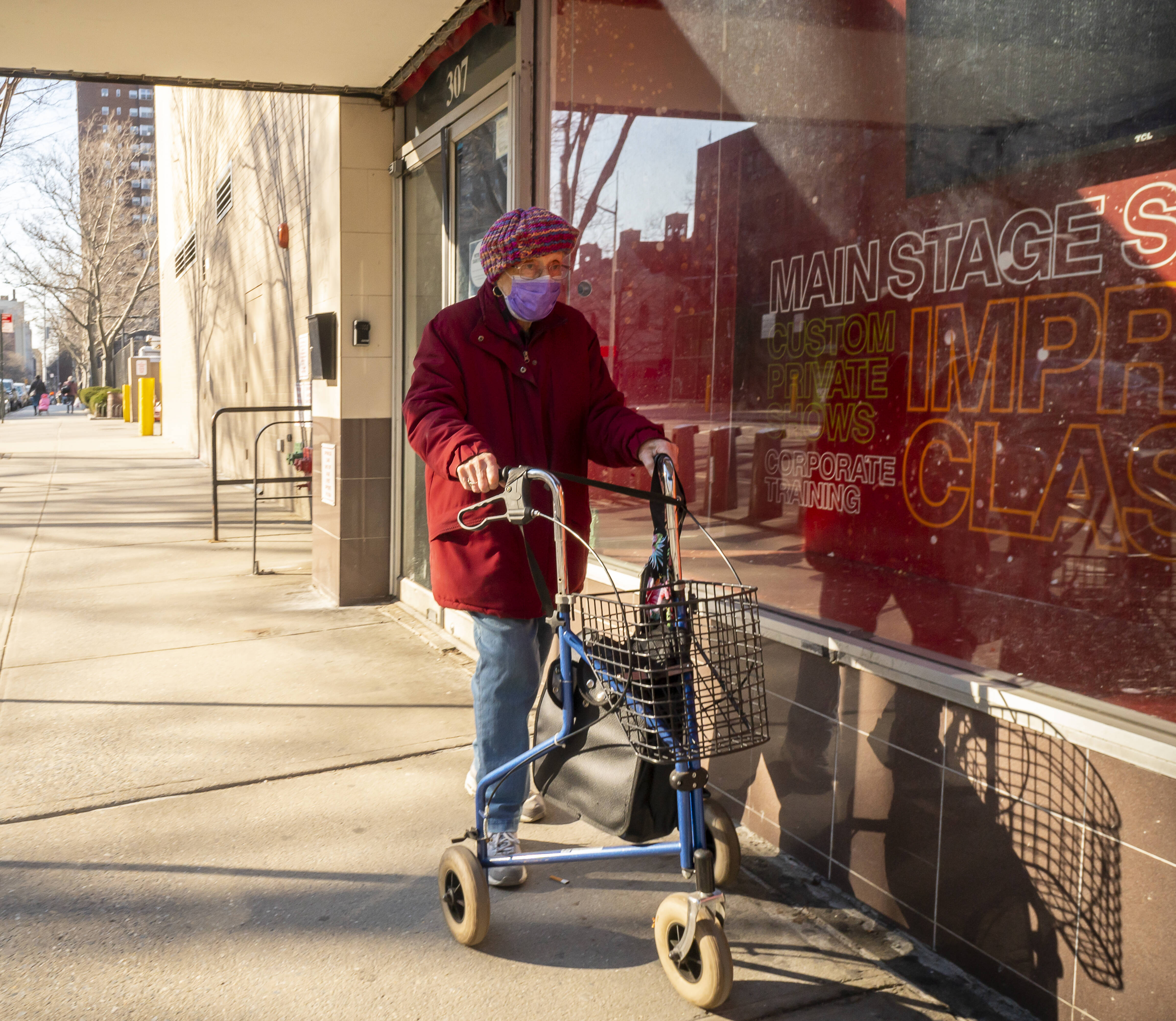
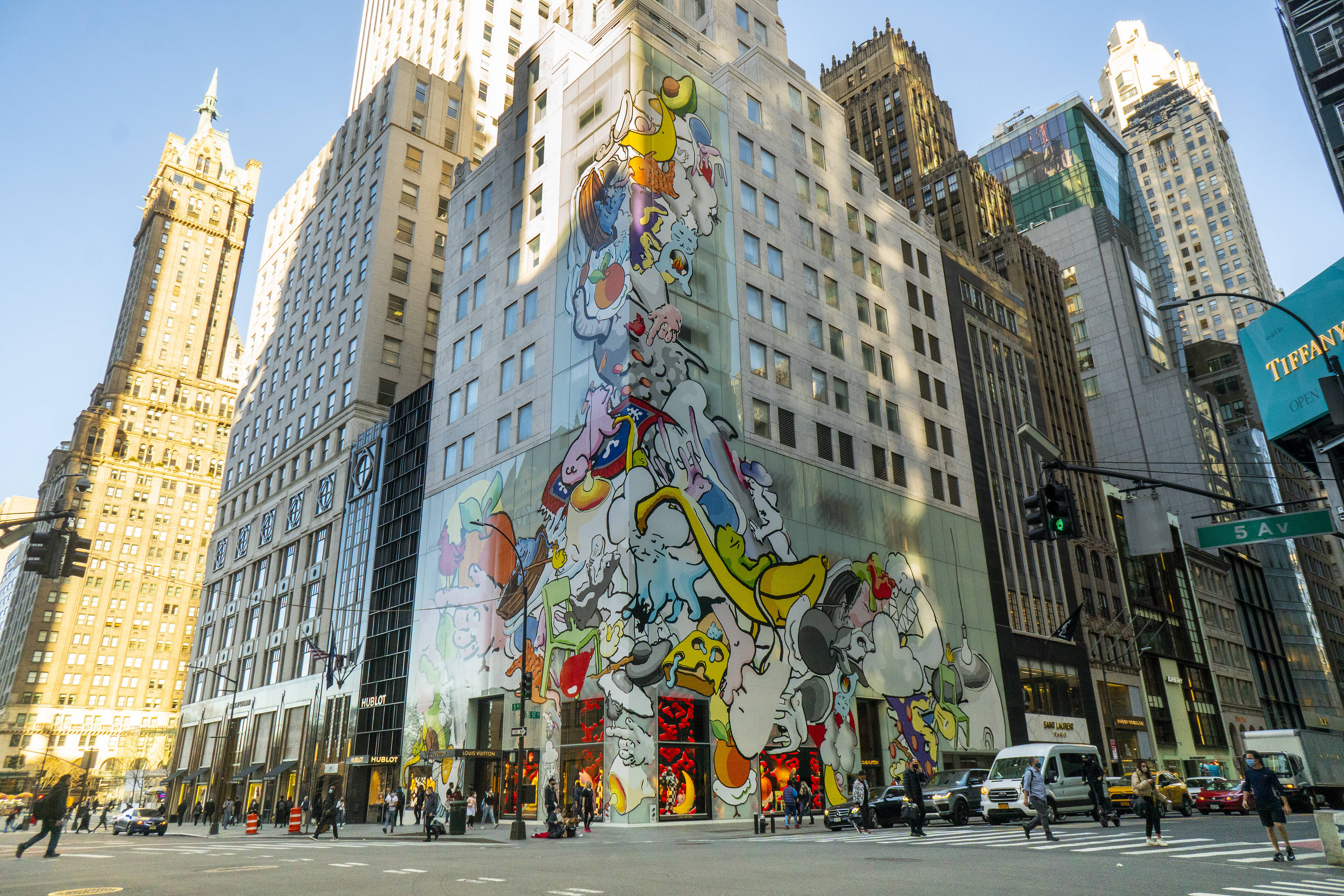
What are your personal favorite places or scenes to shoot in New York City?
Anywhere there is hustle and bustle. Since Frances and I are interested in the consumer economy this leads us to shopping districts such as Herald Square and to malls.
How has COVID changed your craft day to day?
Besides the fact that everyone in my photos seems to be wearing a mask the biggest change has been documenting the business closures and in the beginning of the lockdown, the emptiness of the streets.
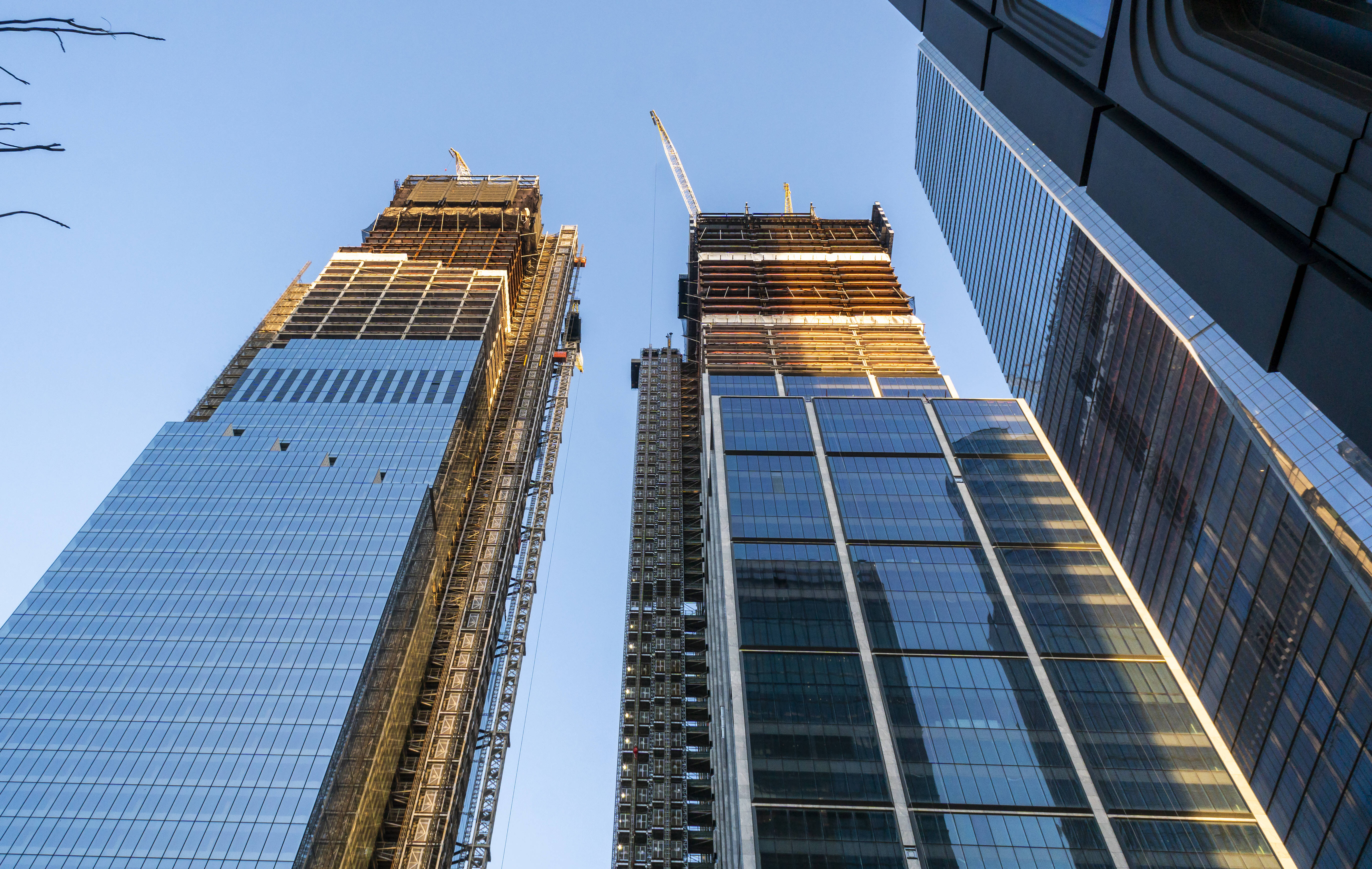
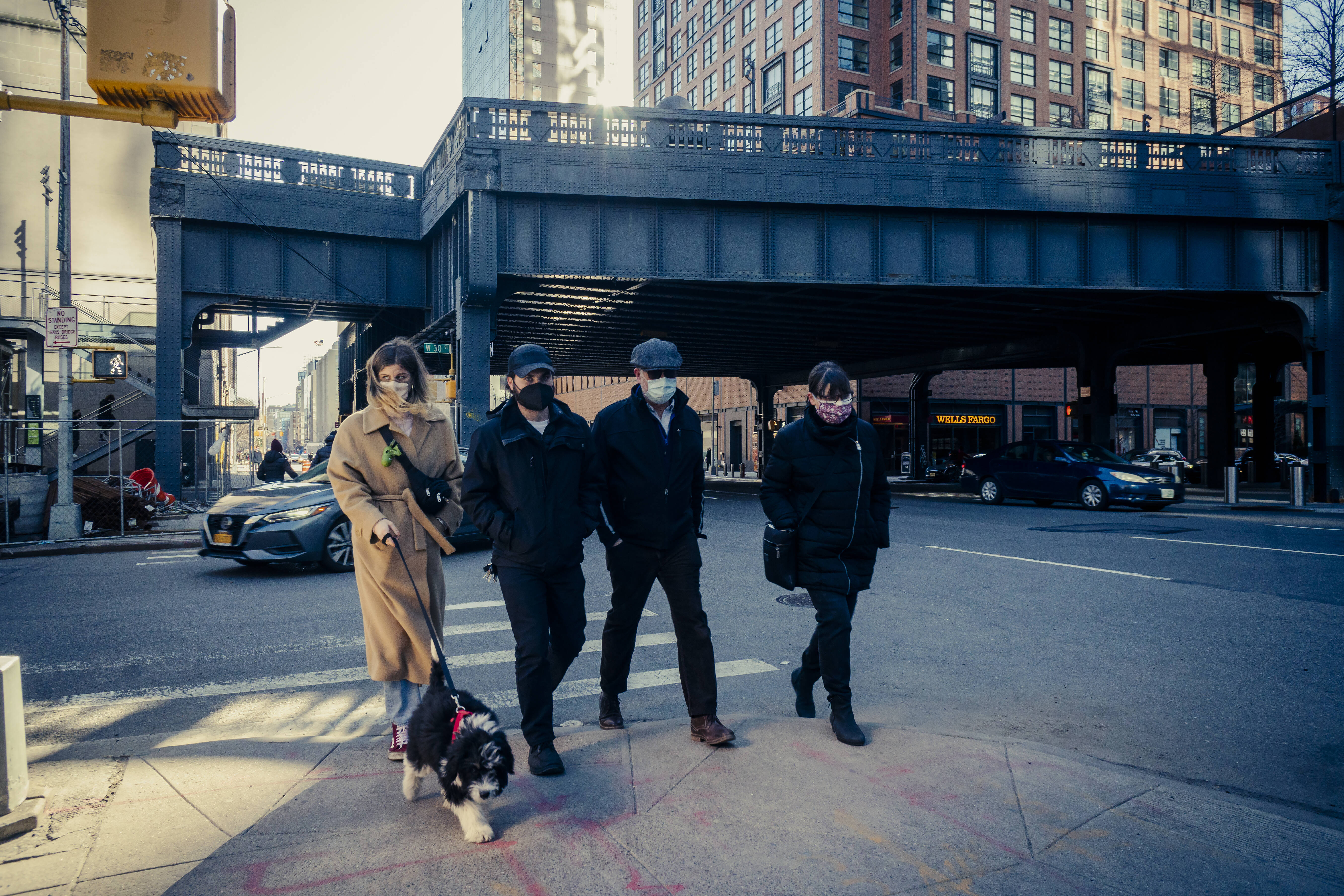
When out and about shooting, are you drawn to particular characters or do you shoot many people at the time and then see their individualism elevated in the photographs when you are selecting the images?
I shoot a lot and the editing process is as important, or maybe more important than the shooting. I’ll look at what I have and decide whether I like the subjects, the light, the background, etc. As an aside, related to this the planning is as important as the shooting. It’s rare that we go out aimlessly wandering looking for a photograph. Most of the time there is something newsworthy that brings us to a location, be it the New York Stock Exchange or a retailer filing for bankruptcy protection. Or on a positive note the grand opening of a store. But we don’t overlook serendipity when it happens.
What wisdom would you have told your younger photographer self?
I would give the same advice that was given me early in my career. There are two types of photographs, called “Track A” and “Track B”. The Track A photographs are basically pretty pictures that everyone takes and may or may not license eventually but there is loads of competition. Track B photographs are of essentially things that people need photos of. Just take interesting photographs of them, and it helps if you like them too.

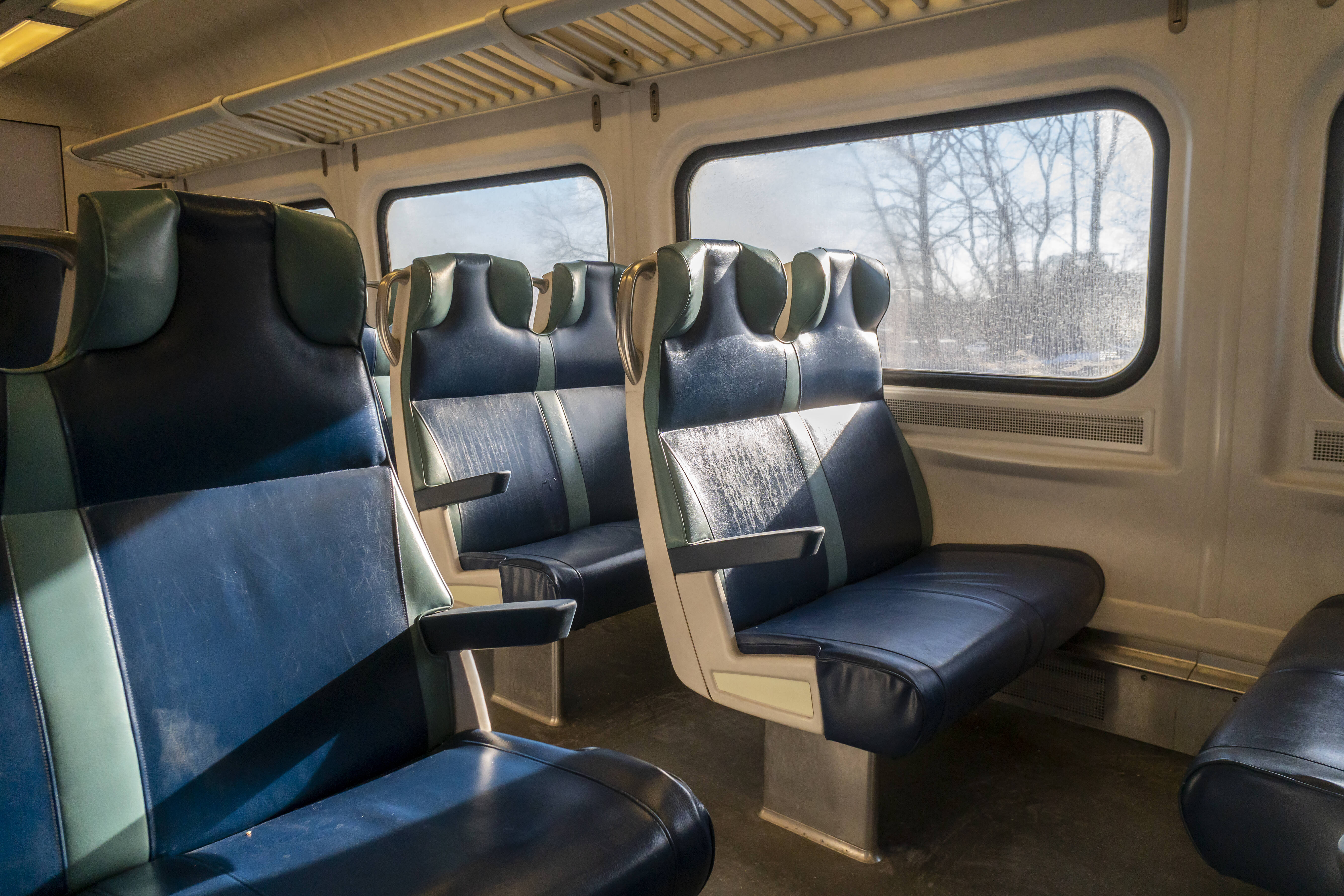

Browse Richard‘s photography on IMAGO for your taste of the New York City streets.


